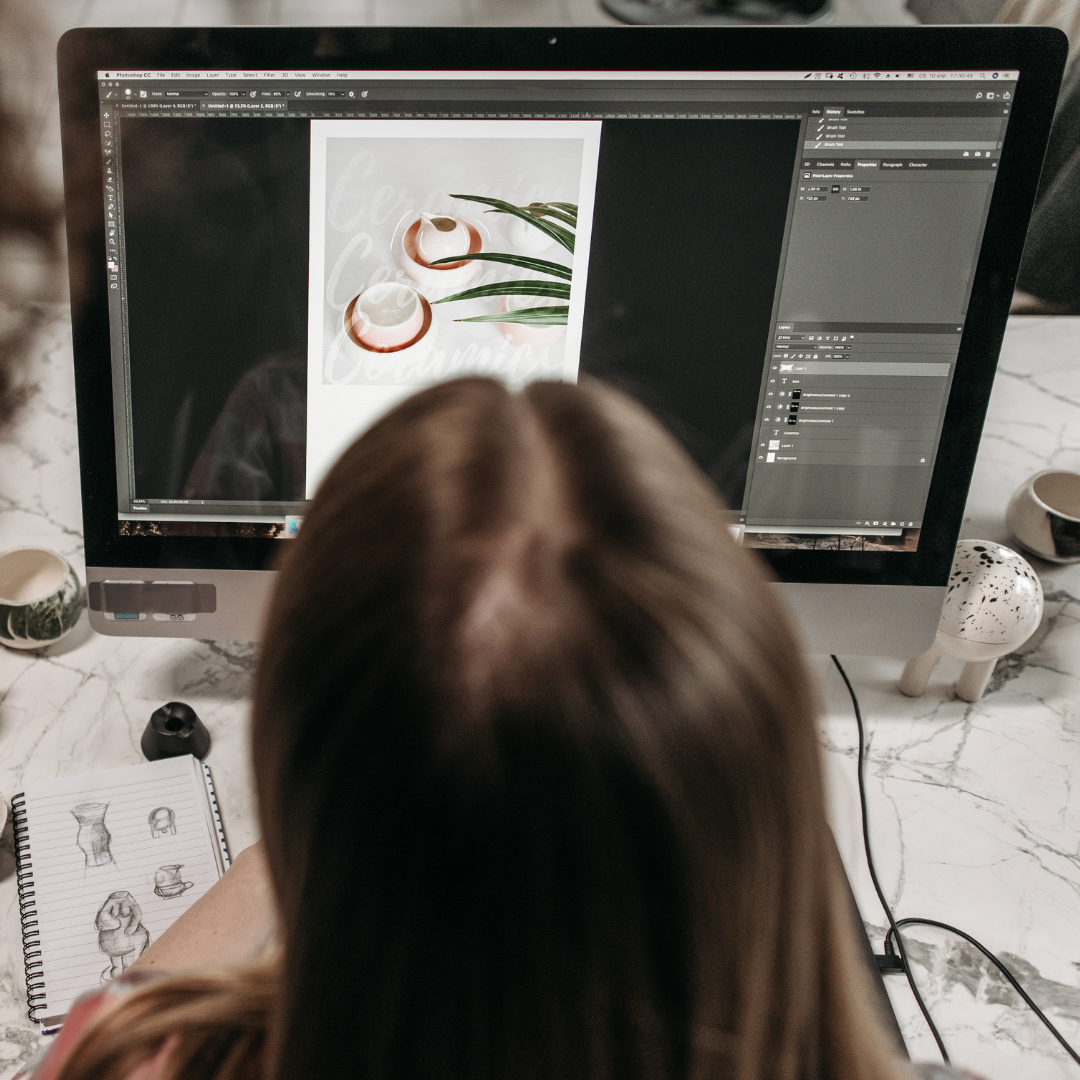Photography is a hobby, a profession, a creative endeavor, and even a form of expression. But one thing that all photographers share in common is the inevitable photo blemishes—those little imperfections that can ruin an otherwise stunning photo.
When you take a picture with a phone, especially a high-quality one, the image can easily get damaged. Things like dust, scratches, and smudges can all find their way onto a phone’s camera. However, getting rid of them is usually pretty simple, especially if you don’t feel like spending hundreds of dollars on a fancy phone case with a built-in camera.
What are photo blemishes?
Some photos have blemishes that appear on people’s skin, and they are mostly caused by excessive or incorrect use of the flash. With modern digital cameras, most photos have proper flash exposure. However, as a photographer, you do need to know about photo blemishes and how to deal with them.
If you’ve ever found that your photos haven’t turned out as well as you hoped, it is very likely that it is because you have noticed what appears to be a dark or fuzzy outline around the edge of the picture. While you might assume it’s simply a digital artifact, it’s actually a photo blemish. Whether you realize it or not, it can be distracting, and eye contact, facial expressions, and body language can be altered or distorted as a result.
For some people, blemishes are just part of the aging process. But for others, blemishes can be a daily annoyance. These blemishes are keratosis pilaris, which can be caused by a number of factors, including genetics, stress, and hormonal changes. Known medically as “chicken skin,” keratosis pilaris can lead to pimples, blackheads, or open pores. The condition is most common in people in their 20s, 30s, and 40s but can affect anyone, from newborns to the elderly.
How to remove photo blemishes?
We all love taking pictures, but sometimes our pictures don’t come out quite like we would have liked. Whether you accidentally overshoot the exposure, your camera isn’t focused correctly, or your picture is crooked, blemishes on photos can really ruin the moment. Luckily, removing photo blemishes is fairly simple.
Use a photo editing app
Removing photo blemishes and editing photos on your computer is easier than you may think. Thanks to the variety of photo editing software available, you can easily remove photo blemishes, touch up images, and adjust lighting and color. On top of that, all of these photo editing tools let you edit videos, too.
Make some adjustments to the size
Sometimes, the best way to address a blemish is to cover it. If a small spot only becomes noticeable when photographed or if you have scars that you want to hide, hiding them under makeup or other skin-friendly concealers can help. Tools like The Spot Fader from Makeup Forever can help you cover blemishes, even large ones, without causing irritation to the area.
Every photographer or cinematographer wants their images to look their best. However, the ability to take clear photos is only part of the equation when it comes to getting a good picture. In the age of technology, we all have a camera on our phones, so arguably, it is even more important to ensure that our images look their best, both digitally and physically. We humans tend to take pride in the way our photos look. We spend hours of editing time to achieve the perfect photograph, and we upload them to various social media platforms to show everyone how amazing we look. Unfortunately, it can also happen that our photos tend to look less than perfect. In certain circumstances, unwanted blemishes and imperfections can appear.
And if you are planning to make a portfolio or upload these photographs to social media, you may find it important to remove any noticeable blemishes. So, before uploading, make sure there are no blemishes on your face. If there are, be sure to edit it using a tool before too many people notice it.
You cannot take a perfect photo without blemishes. Sometimes no matter how perfect the photo you are taking is, you are bound to capture some speck of dust or blemish. Whether it is a speck of blood on your shirt, a blemish on the cheek, dust on the lens of your camera, or stray hair in the lens, these imperfections are natural, and they add a certain charm to the photos they take.
